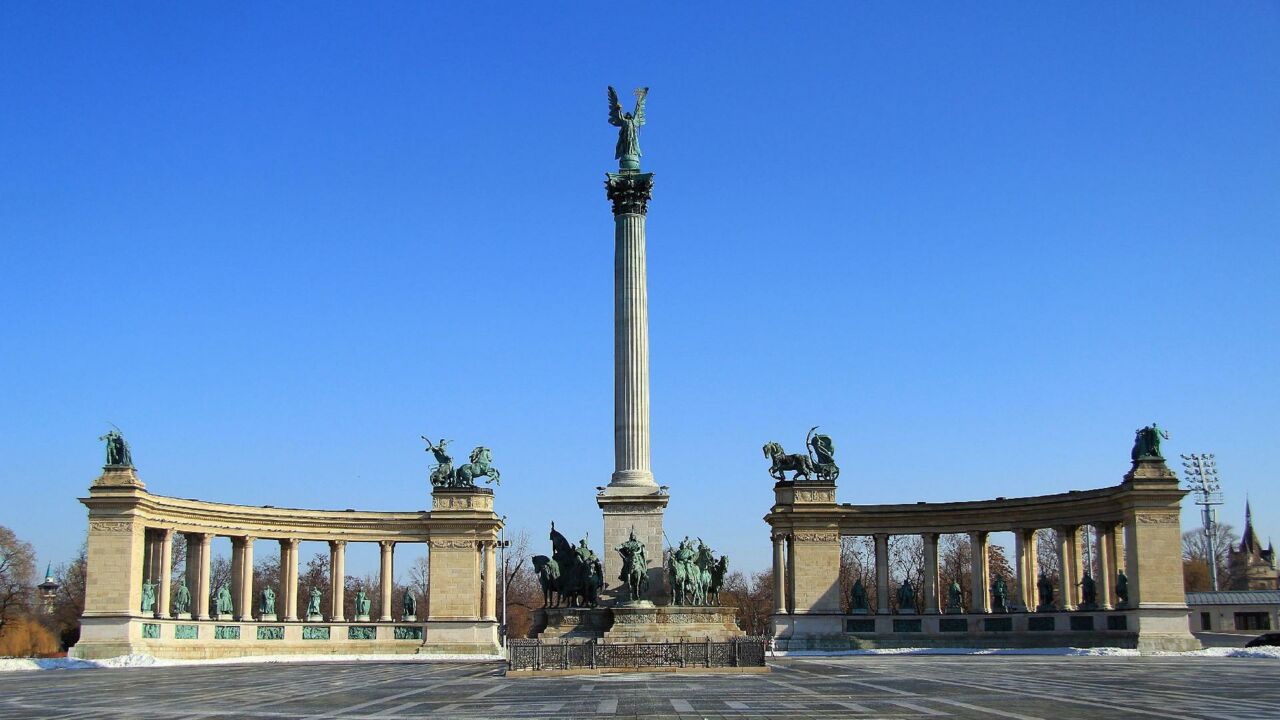
Budapest’s magnificent Heroes’ Square
Find out all you need to know about Heroes’ Square, one of the most famous sightseeing locations in Budapest.
O
C
Heroes’ Square is one of the most iconic and picturesque locations in Budapest. Thanks to the majestic, crescent-shaped monument complex on the square, called Millennium Monument (often also referred to as Heroes’ Square), it often appears on postcards all around the world, and has gained significant Instagram-fame in recent years. It’s adored by tourists and locals alike and serves as a popular place for get-togethers up to this day.
Read on and discover more about the history and location of Heroes’ Square and get familiar with the monuments that make up the Millennium Monument.
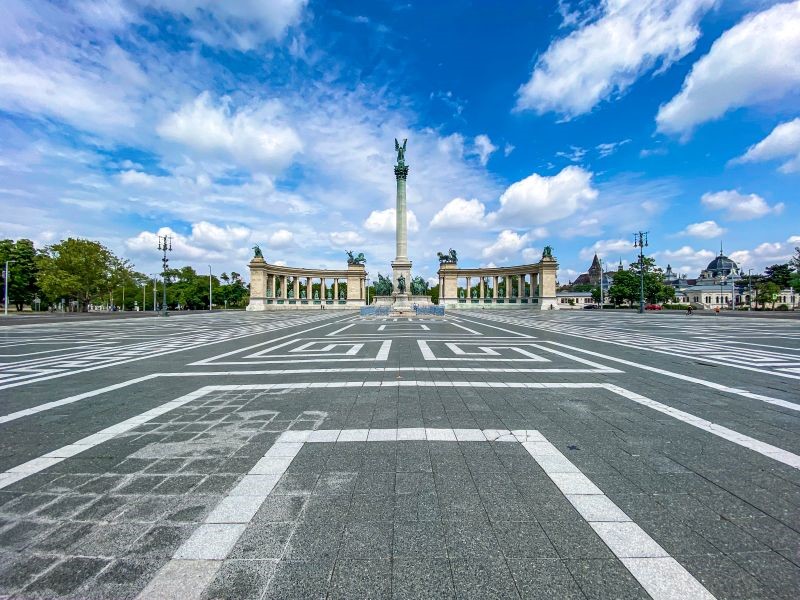
Location of Heroes’ Square
Heroes’ Square is located in the 14th district, at the end of Budapest’s Champs-Élysées, Andrássy út. Behind the square, you can find Városliget, the city’s second largest public park, which is home to Vajdahunyad Castle, the Budapest Zoo and Széchenyi thermal bath.
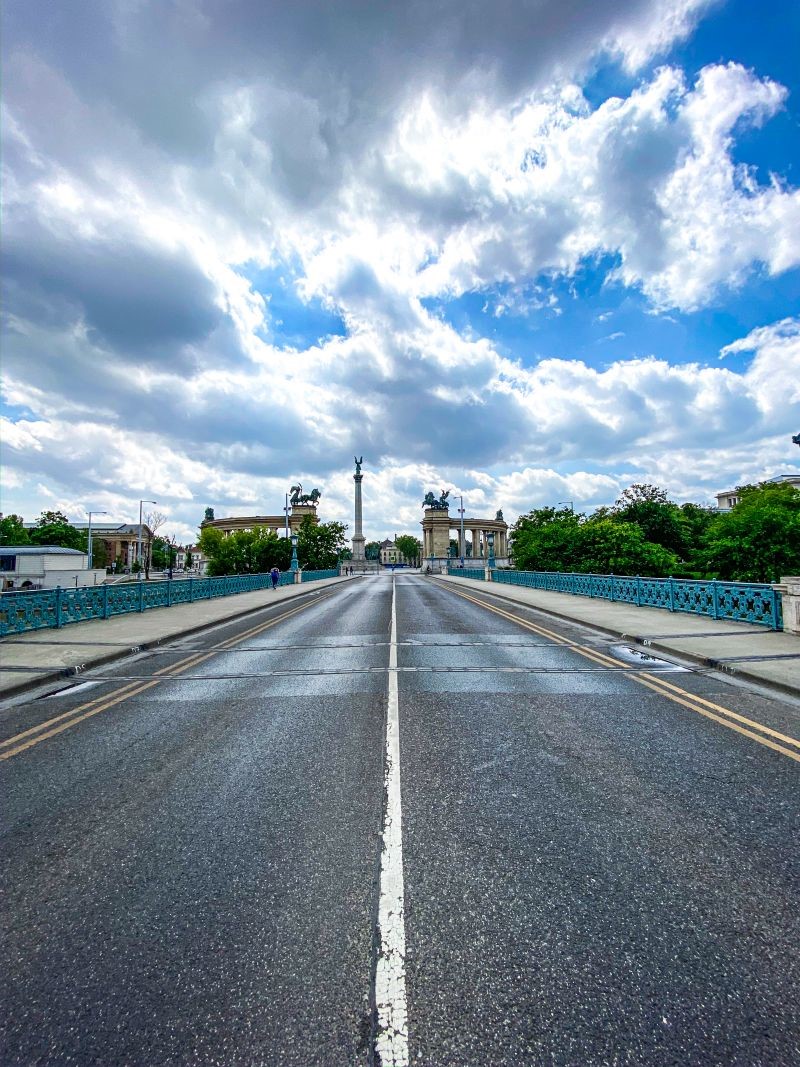
History of Heroes’ Square
Heroes’ Square started to gain its current shape in 1896. It’s a significant date in Hungary’s history, as it marks the 1000th anniversary of the Hungarian State, founded in 896 after the Huns’ conquest of the Carpathian Basin. The complete re-design of Heroes’ Square was part of a larger project that was specifically prepared for the anniversary.
Before 1896 a water fountain could be found in the square, designed by Miklós Ybl, a famous Hungarian architect who also designed the Opera House and St. Stephen’s basilica . By 1896 the Museum of Fine Arts and the Palace of Arts on both sides of Heroes’ Square were finished, and continental Europe’s first metro line (and second in the whole world), metro line 1 was opened under the recently renovated surface of Andrássy út. By this time the decision had been made to erect a monument complex in the middle of the square, commemorating the 1000-year anniversary of Hungary.
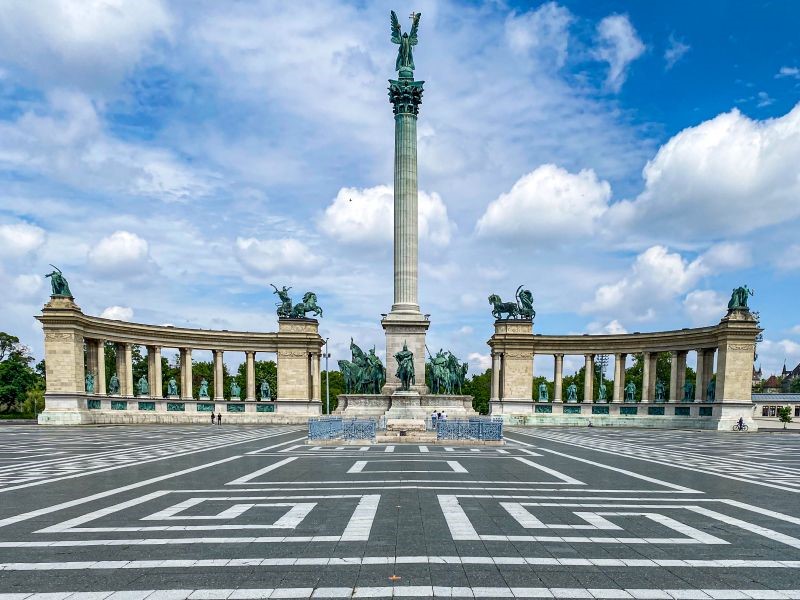
The construction of Heroes’ Square was more or less completed by 1900, with the statue of Archangel Gabriel on top of an obelisk. Four more statues were added in 1906, depicting war, peace, work and prosperity, as well as knowledge and glory. At the feet of the obelisk, you can also find statues of the seven chieftains who played a significant role in the conquest of the Carpathian Basin.
The two crescent-shaped colonnades were built between 1905 and 1911, and they originally contained 14 monarchs of Hungary, but they were changed several times during different political reigns. The square gained its name in 1932 and was paved with stone in 1937. It became a UNESCO World Heritage site in 2002.
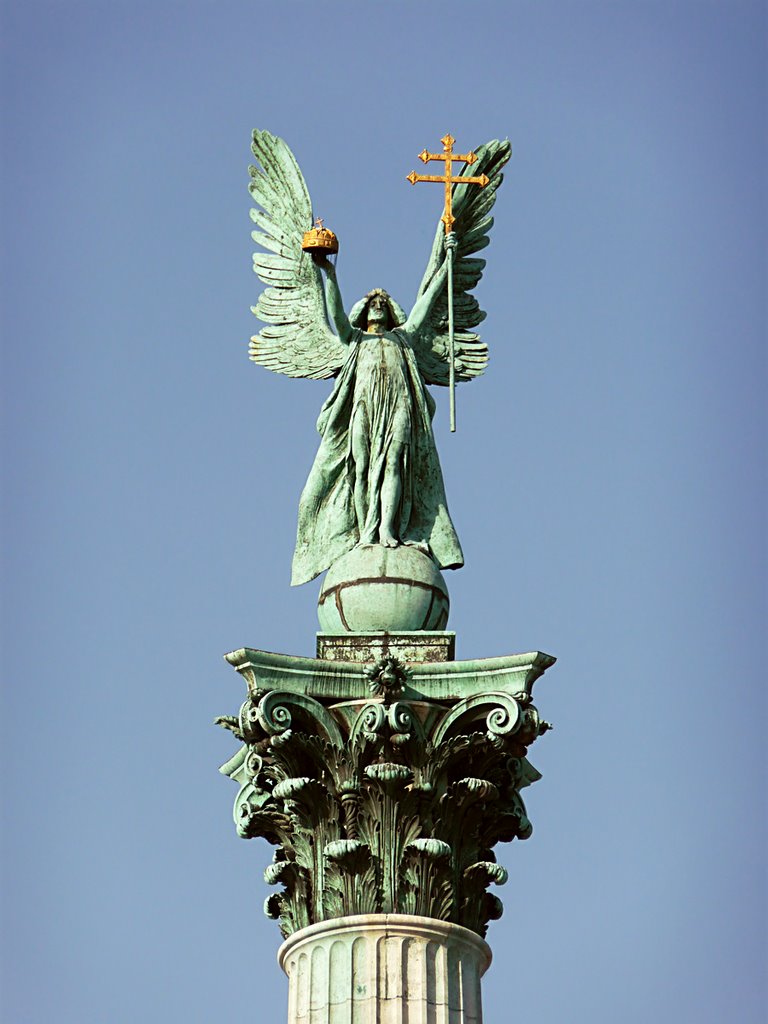
Statues on the left colonnade
Saint Stephen
The first king of Hungary, Saint Stephen (Szent István) is considered the founding father of the country. He was the first to receive the Pope’s blessing and a crown to become king on 1 January 1001. He unified the Carpathian Basin based on religious principles and founded a Christian state he ruled over for almost 40 years after his coronation.
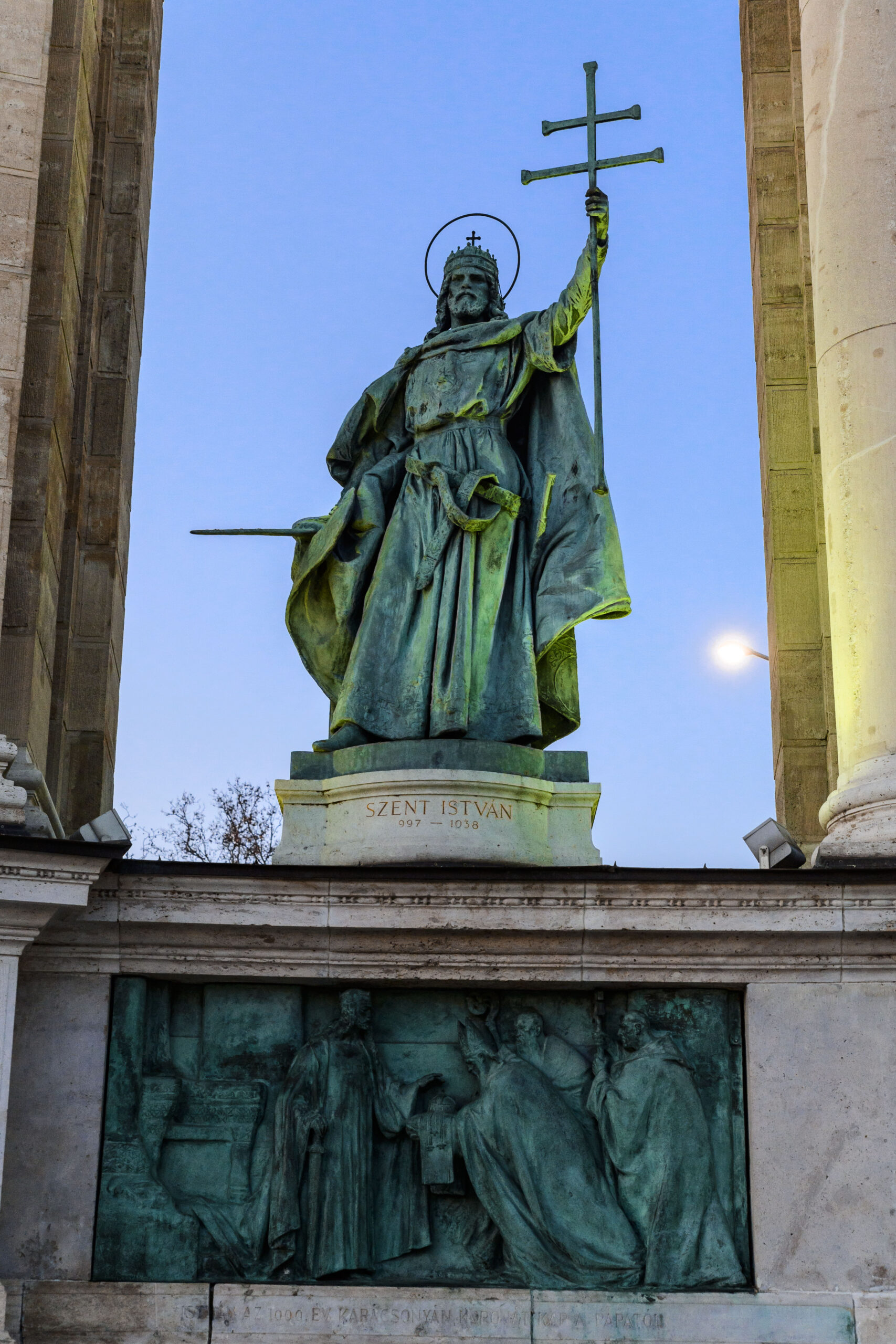
Saint Ladislaus
He was the king of Hungary at the end of the 11th century, and is known for restoring public safety after a series of civil wars. He added a significant part of modern-day Croatia to the Kingdom of Hungary and consolidated the Christian monarchy.
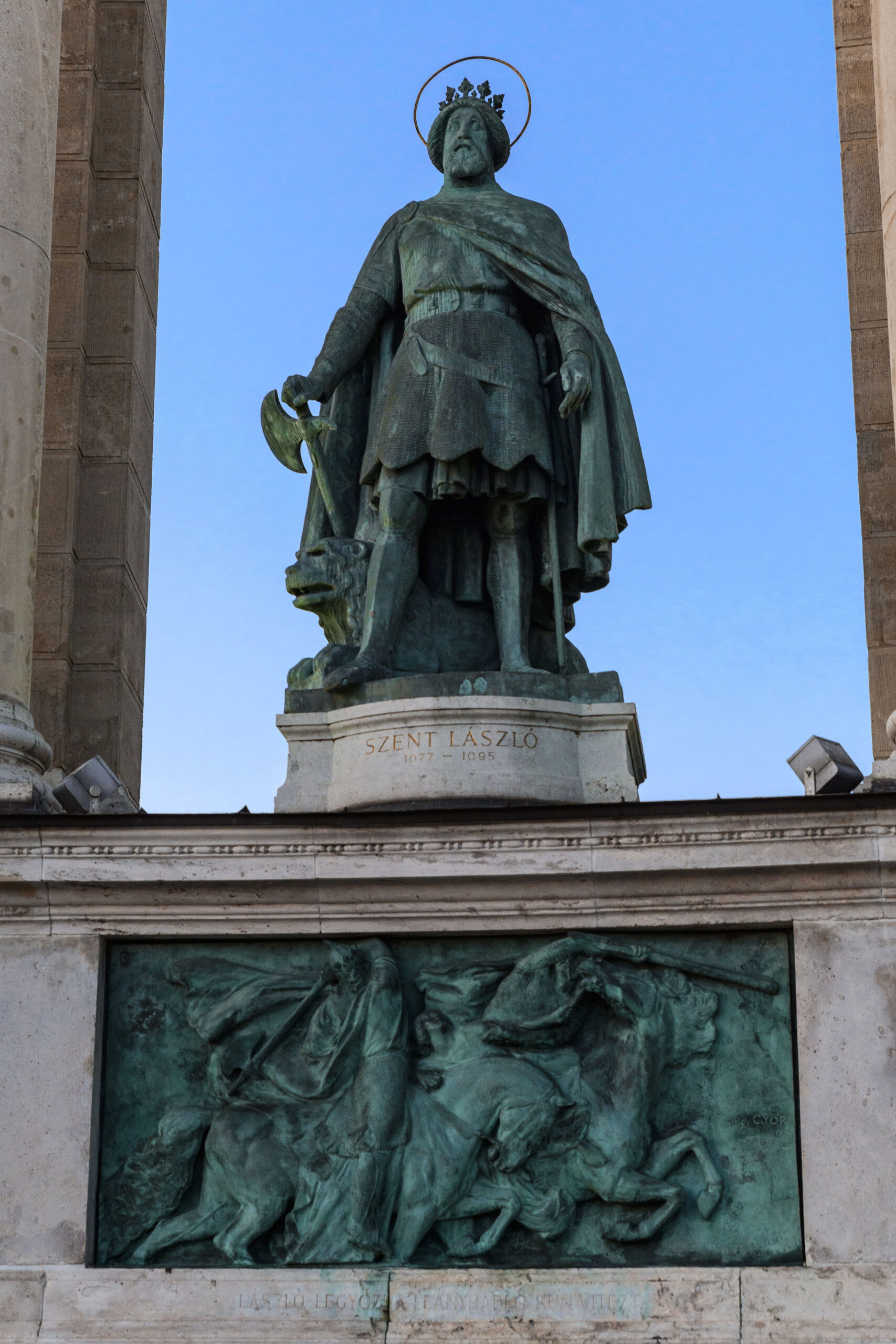
Coloman the Learned
He was crowned king immediately after the death of Saint Ladislaus. He was famous for not believing in the supernatural, he rejected the existence of vampires and witches, and spared many from being burnt at the stake. He continued the expansions that started during the time of Ladislaus.
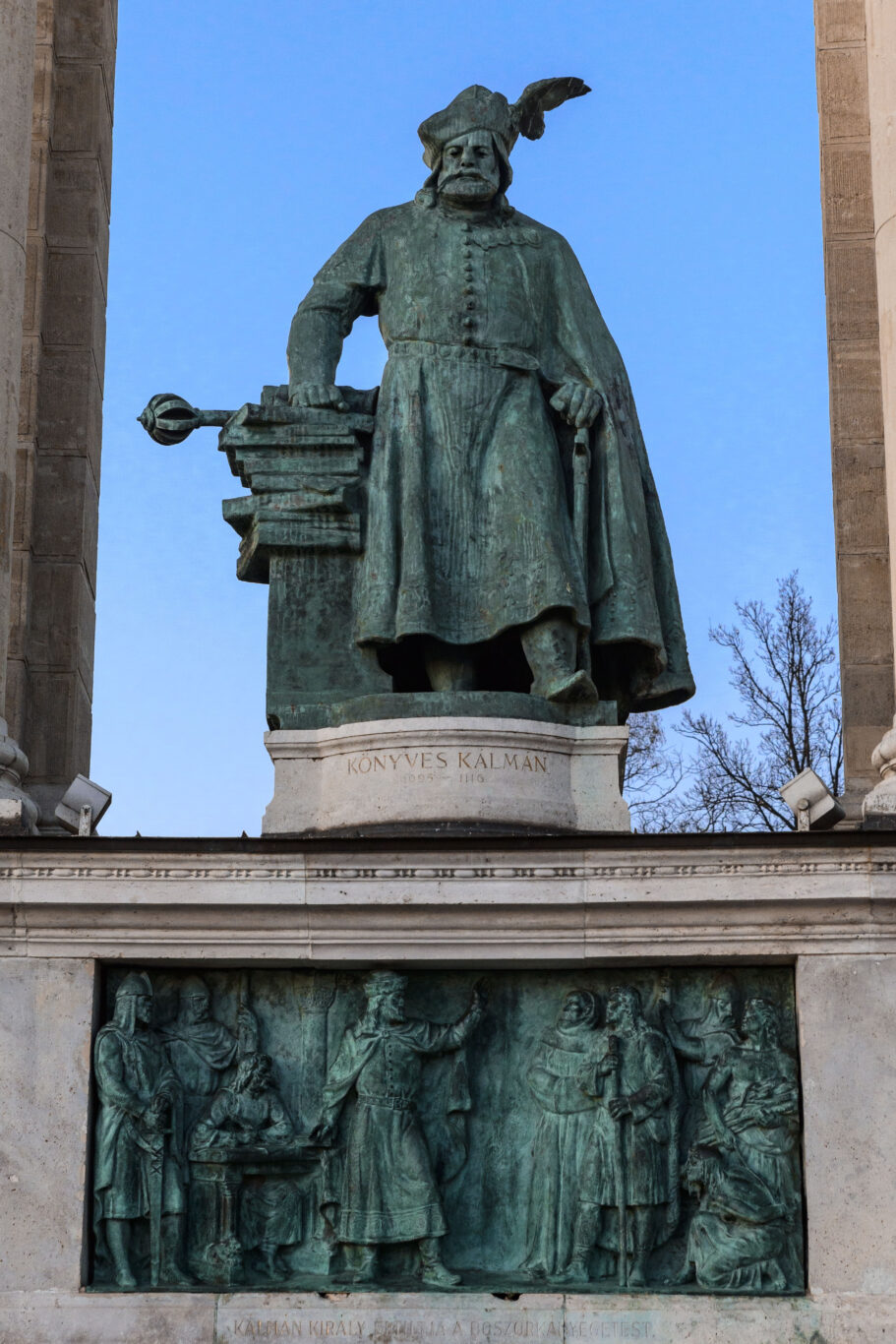
Andrew II
Andrew (András locally) was Hungary’s king for 30 years at the beginning of the 13th century. He was famous for issuing the Golden Bull of 1222 that confirmed the privileges of royal servants that led to the rise of nobility. He also took part in the unsuccessful Fifth Crusade to the Holy Land.
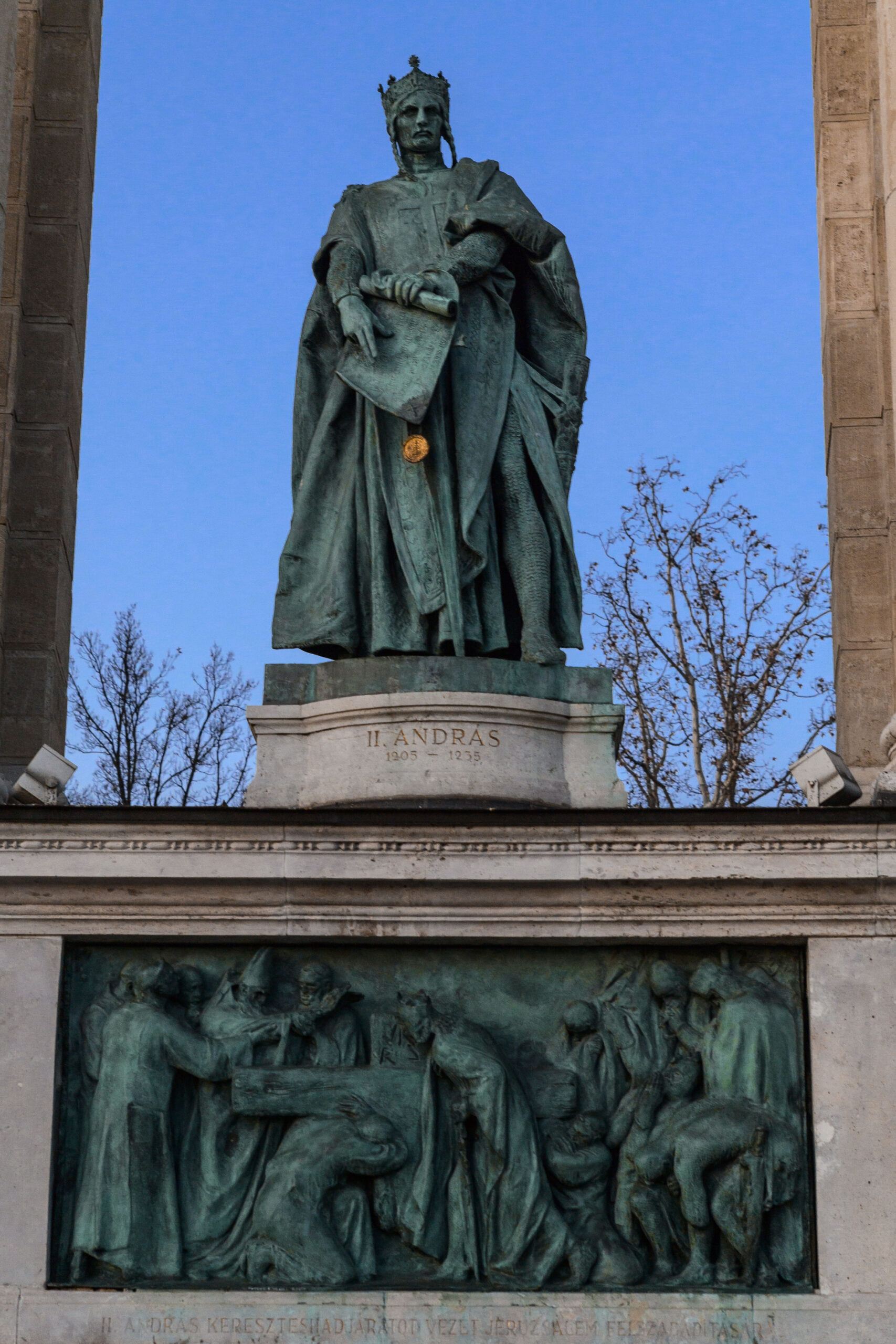
Béla IV
Béla tried to correct the mistakes of his father, Andrew II, and restore royal authority, but only 6 years into his reign the Mongols invaded Hungary, devastating the country. After their unexpected retreat, Béla’s focused his efforts on rebuilding the country, earning him the name “second founder of the state”.
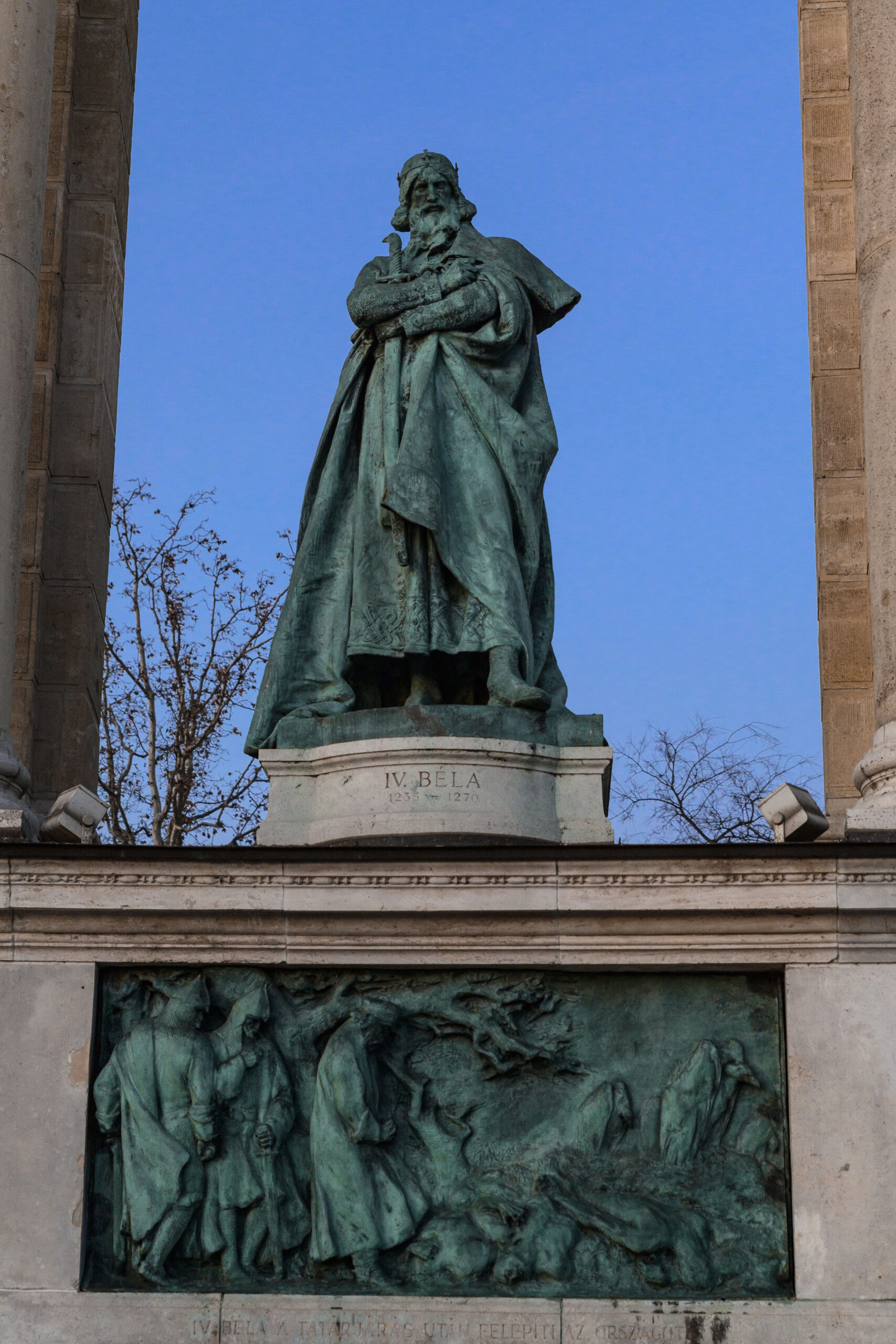
Charles I
He was the first Hungarian king from the Anjou house, after the Árpád house died out in 1301. During his reign, he managed to reunite Hungary and pushed through significant reforms, such as introducing the golden forint as Hungarian currency.
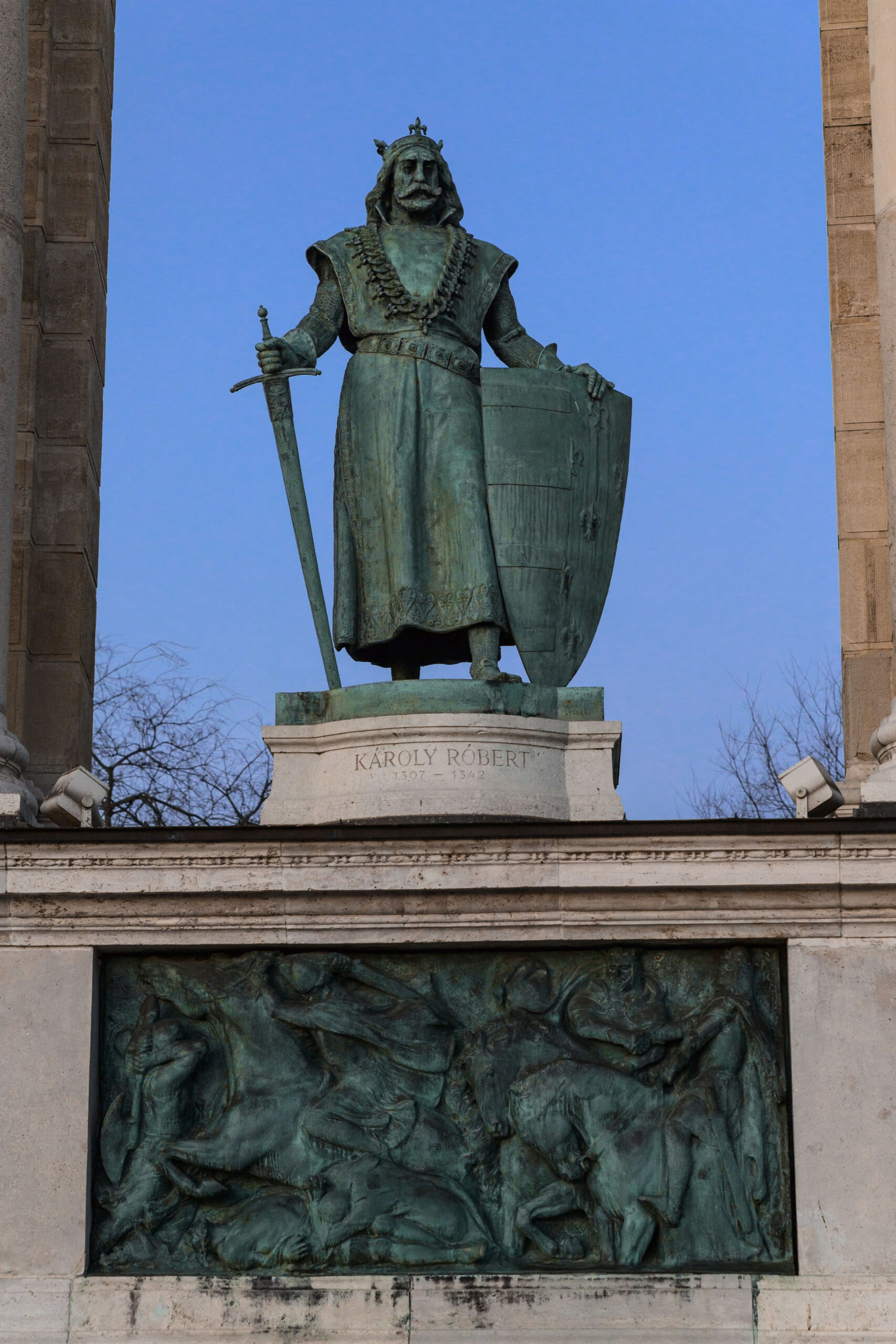
Louis I
Louis the Great ruled for 40 years after his father, Charles I died. Under his reign the Kingdom of Hungary reached the greatest expansion of its territory, cementing Louis’ position as one of the most powerful monarchs in the history of the state.

Statues of the right colonnade
John Hunyadi
John Hunyadi (Hunyadi János locally) was a Transylvanian and a military mastermind of the 15th century. He ruled as governor of Hungary during troublesome times, and was assigned to protect the southern borders of the country from the Ottoman Empire’s invasion. In 1456 at Belgrade he successfully defended Hungary and managed to chase the Turks away for another 60 years. He died 3 weeks after the battle, but his heroism is still remembered up to this day when the church bells begin to toll at noon every day.
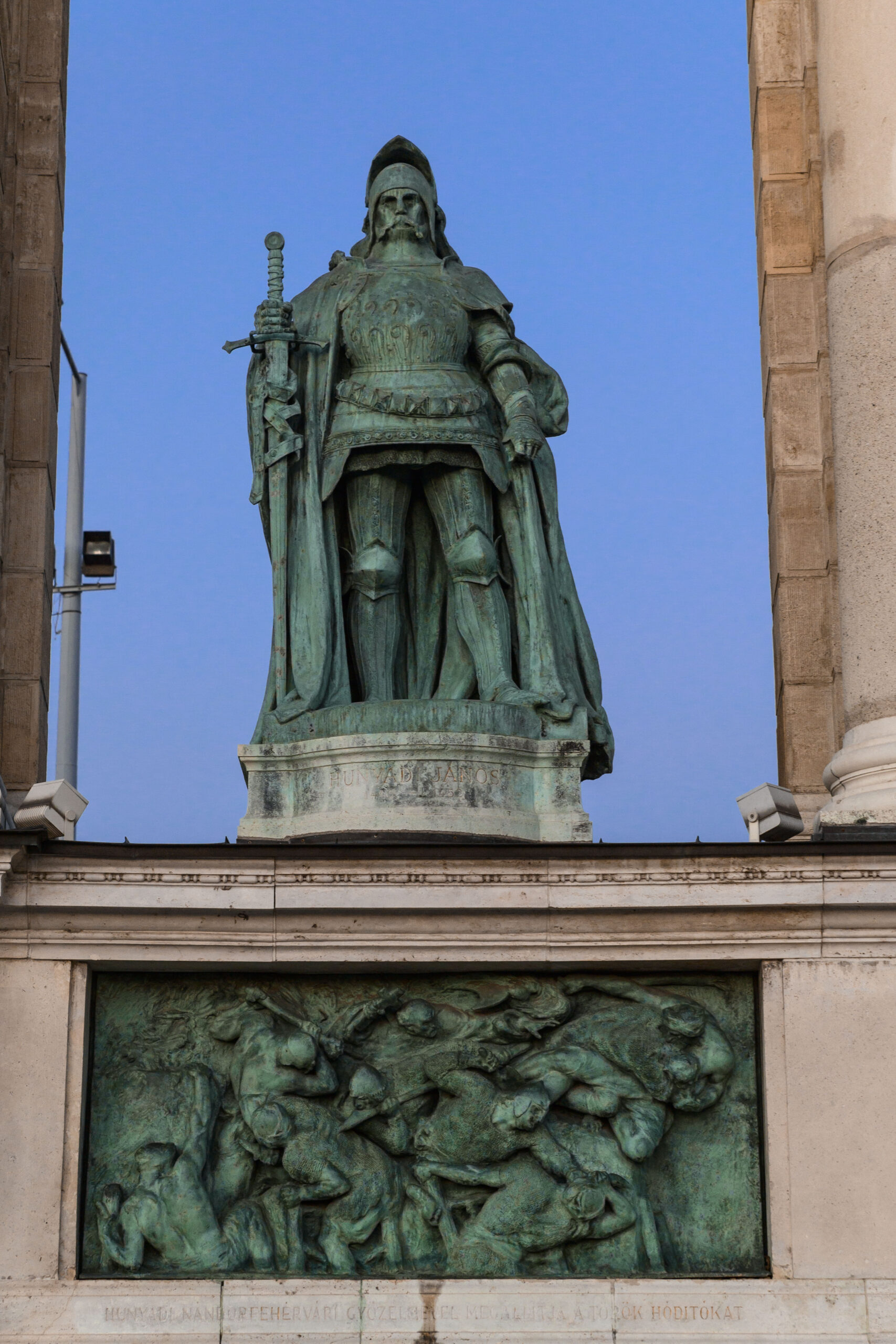
Matthias Corvinus
A true Renaissance king, an ambassador of art and science. Although, his ascension wasn’t easy, his older brother was executed, and his 32 years on the throne saw some wars as well, his cultural contributions are unparalleled. He created a royal library, constructed many buildings, and was considered extremely just.
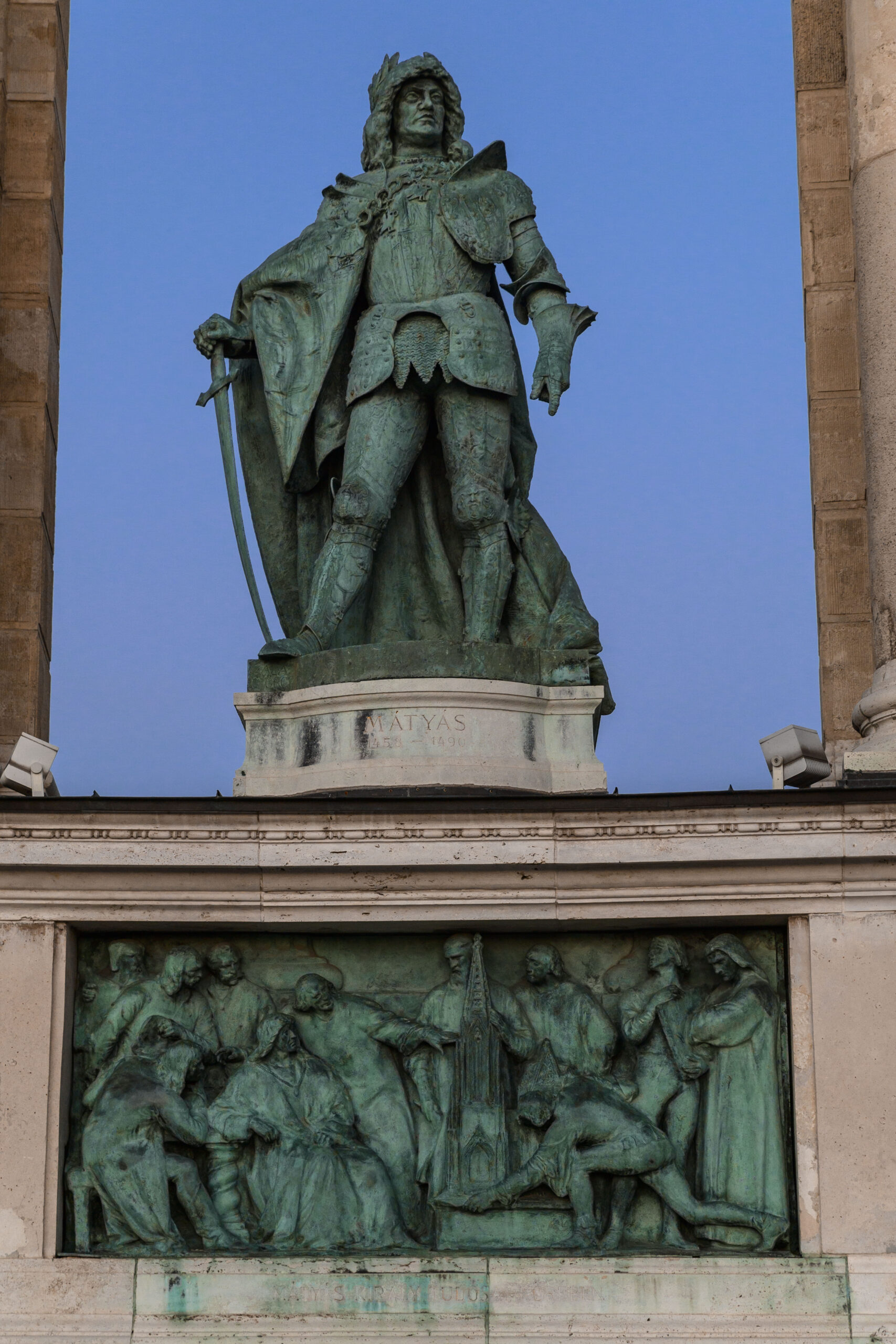
Stephen Bocskai
Stephen Bocskai (Bocskai István locally) was Prince of Transylvania and Hungary briefly, and a significant warlord after the Turks invaded Hungary and broke it into three pieces. His revolution ensured the sovereignty of Transylvania and the Kingdom of Hungary, while assisting in ending the Long Turkish War.
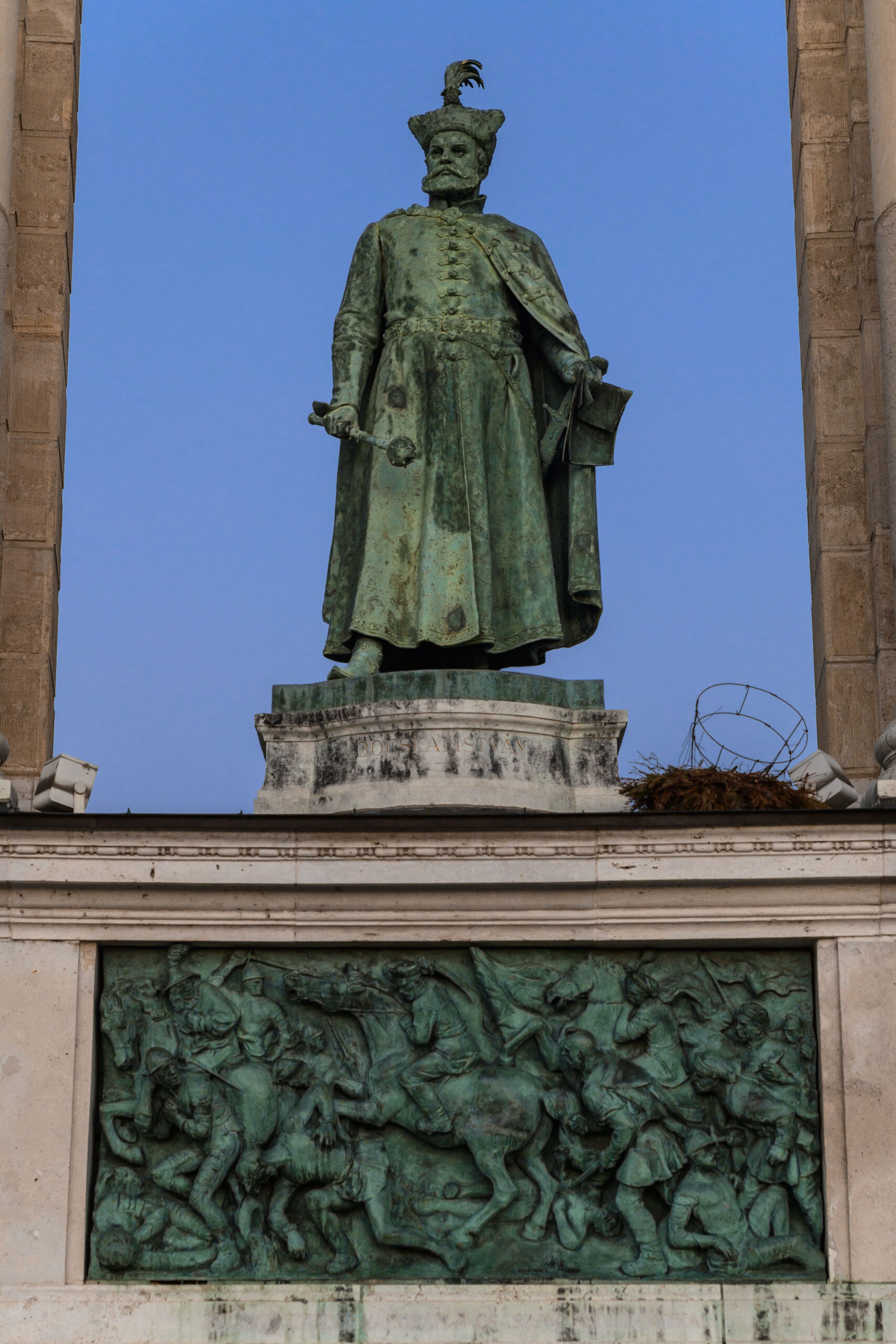
Gabriel Bethlen
Prince of Transylvania at the beginning of the 17th century, and a significant figure of Hungarian history. During his reign, he cemented the position of Transylvania, resulting in financial, cultural and economic welfare.
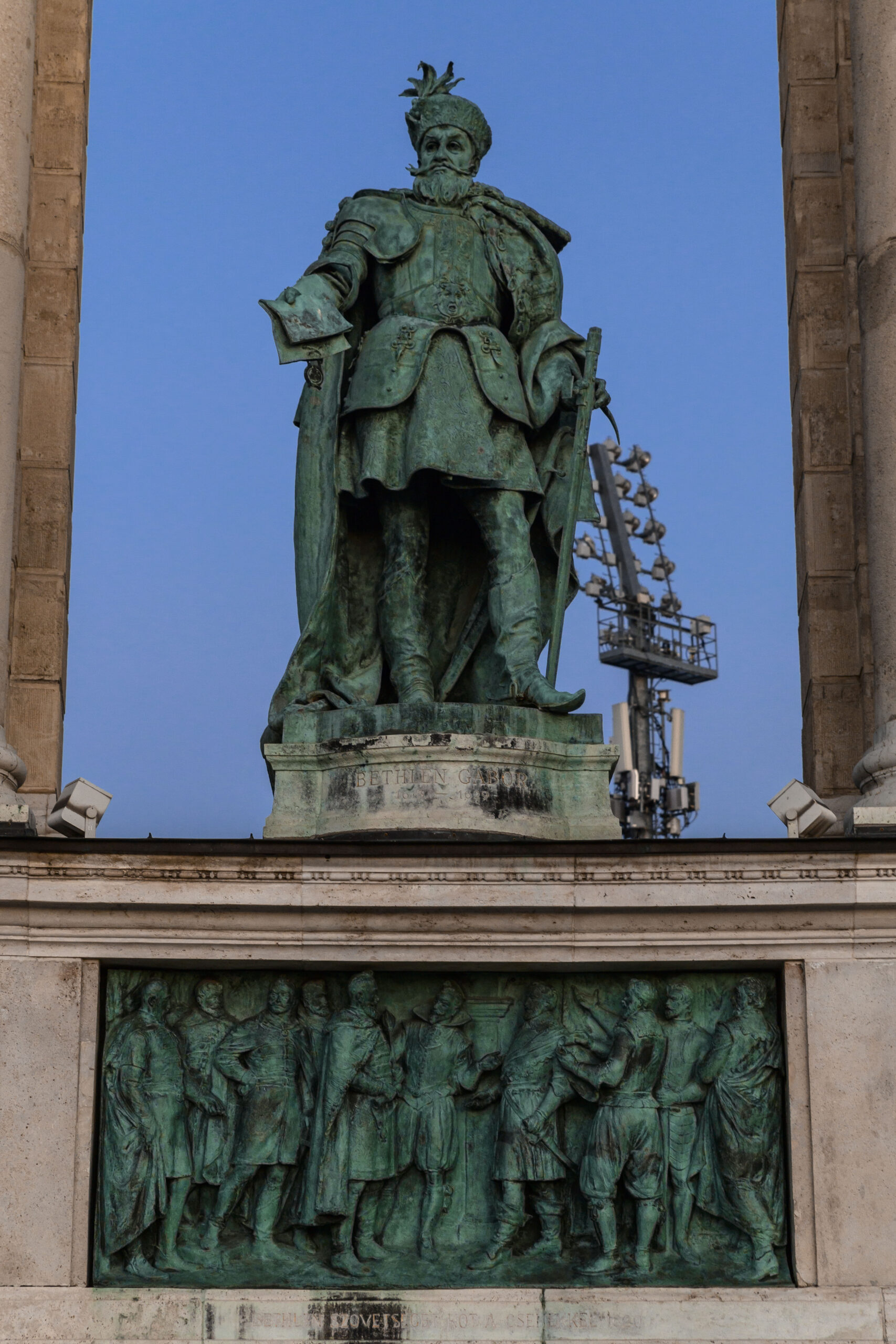
Emeric Thököly
Emeric (Imre Thököly locally) was Prince of Upper Hungary, Prince of Transylvania in the late 17th century, and a leader of anti-Habsburg uprisings. He was forced to live in exile in the Ottoman Empire.
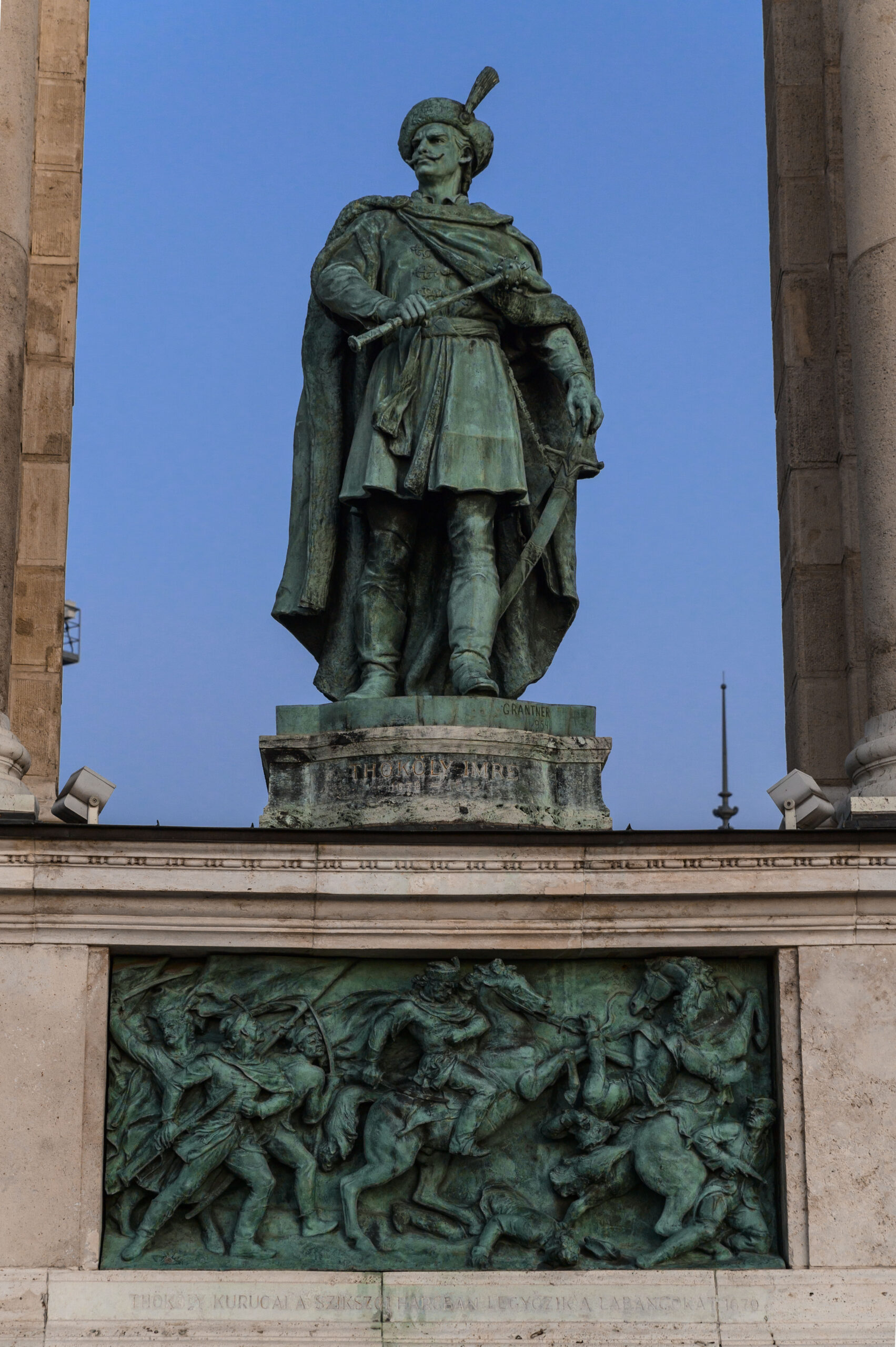
Francis II Rákóczi
As a stepson of Emeric Thököly, he felt obligated to continue fighting for freedom in the early 18th century. With the help of Louis XIV of France, he led a revolution against the Habsburgs that resulted in a defeat after 8 years. He took refuge in Turkey in his later years.
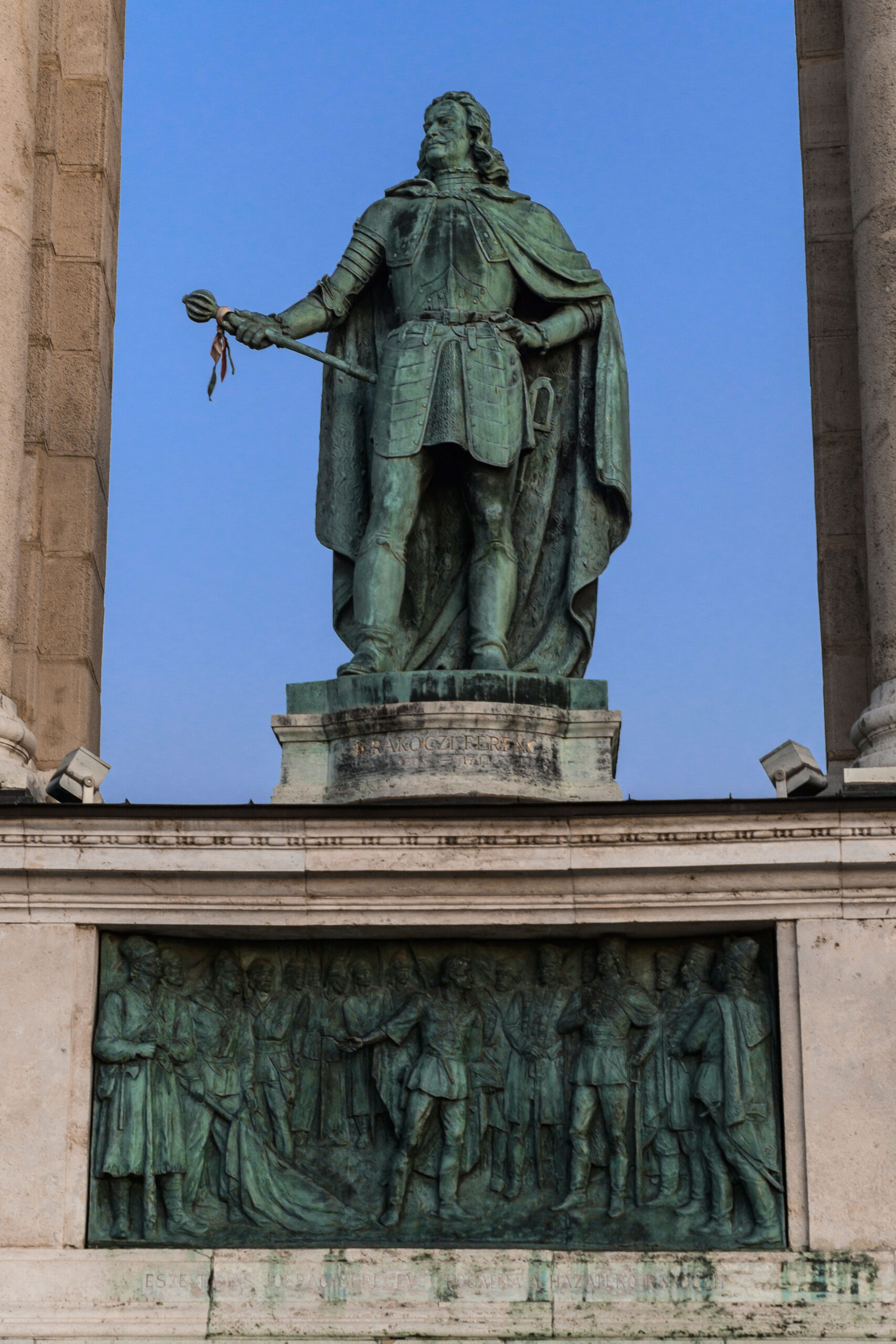
Lajos Kossuth
A reformist politician, gaining fame during the Hungarian Revolution of 1848. His heated speeches inspired the masses to fight against the Habsburg rule, while he demanded a sovereign parliamentary rule for Hungary. The revolution was defeated in 1849 and Kossuth died in Italy 45 years later.
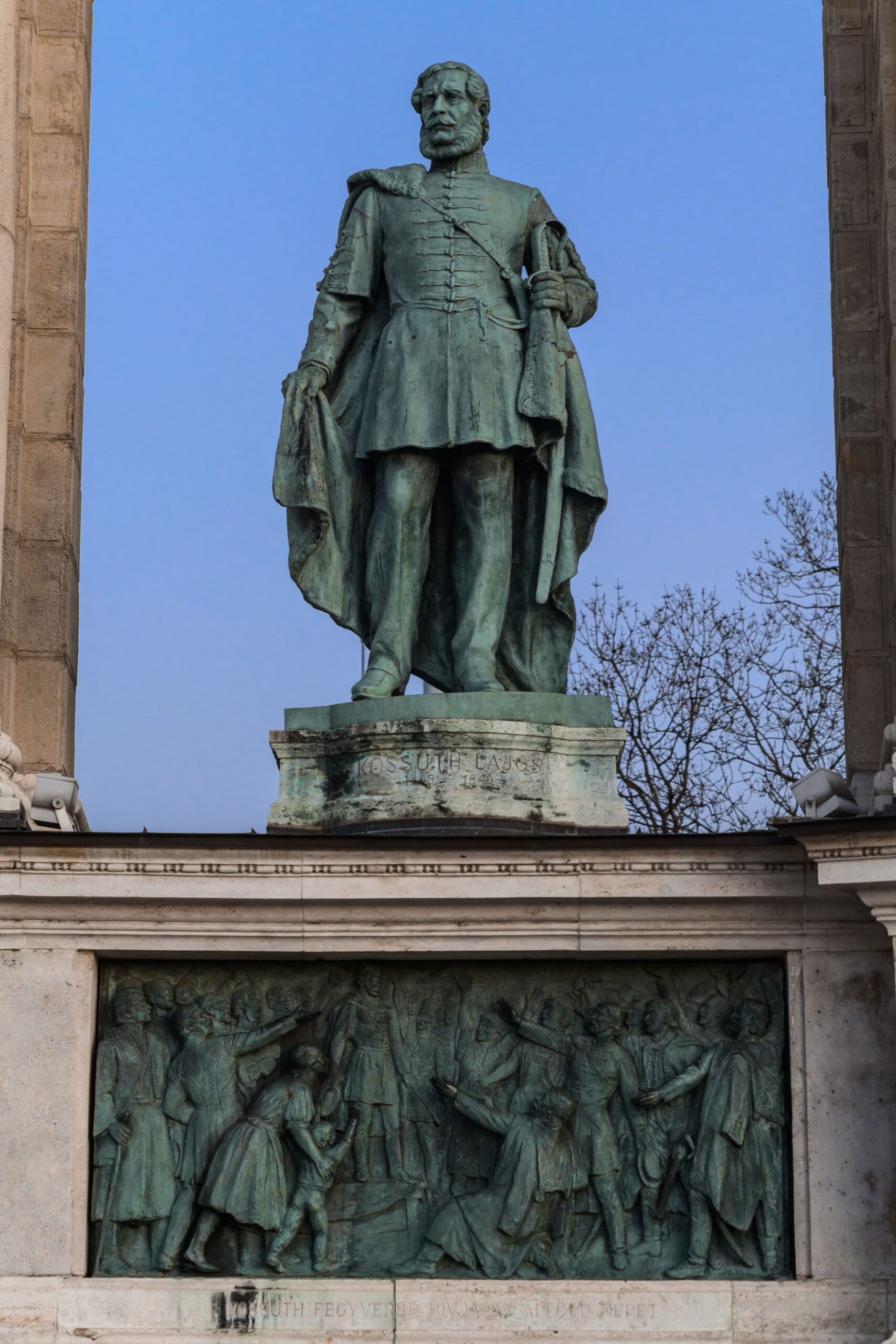
How to get there
If you want to make the most of your trip to Heroes’ Square, take a hop-on hop-off bus to see many of Budapest’s breath-taking landmarks on the way – it’s truly an amazing experience! But if you prefer blending in with the locals, metro line 1, bus 20, 30, and trolley buses 75 and 79 all stop at Heroes’ Square. However, if you’re looking for a truly unique experience, check out our guide on Hop-on Hop-off buses, they can take you to Heroes’ Square and many more interesting sightseeing locations.
Address: 1146 Budapest, Hősök tere
Q & A
- Is Heroes’ Square in the city center?
- Heroes’ Square is really close to the city center, just about 1.7 miles away from Deák Ferenc tér. If you choose to get there on foot, make sure you walk along Andrássy út and check out the building of the Opera as well. If you want to use public transportation, just use a Hop-on Hop-off bus or metro line 1, and you can easily get there in 10 minutes from the city center.
- Are there more statues on Heroes’ Square?
- Yes, there are many statues on the square. In the middle you’ll find Archangel Gabriel, surrounded by the seven chieftains and allegorical statues, and in the back, the two colonnades have 14 monarchs of Hungary.
- Can you walk on Heroes’ Square?
- Absolutely. The square itself is closed off from traffic, so you’re free to move around and take picture from the perfect angle.
Do you want to know everything about the Hungarian currency? Check our article in the topic!



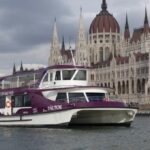




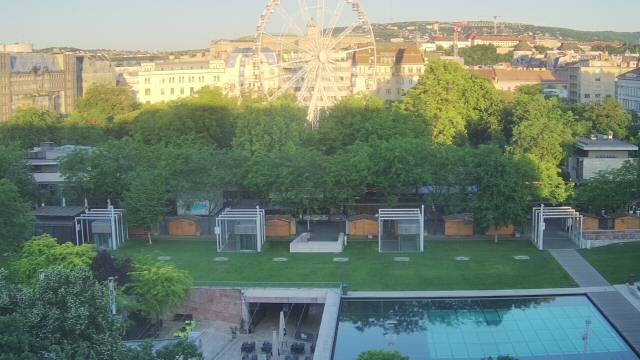
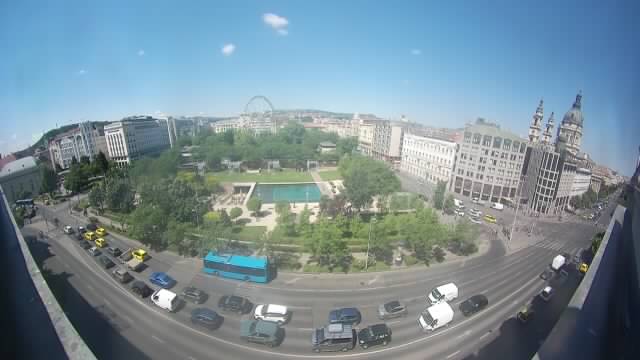
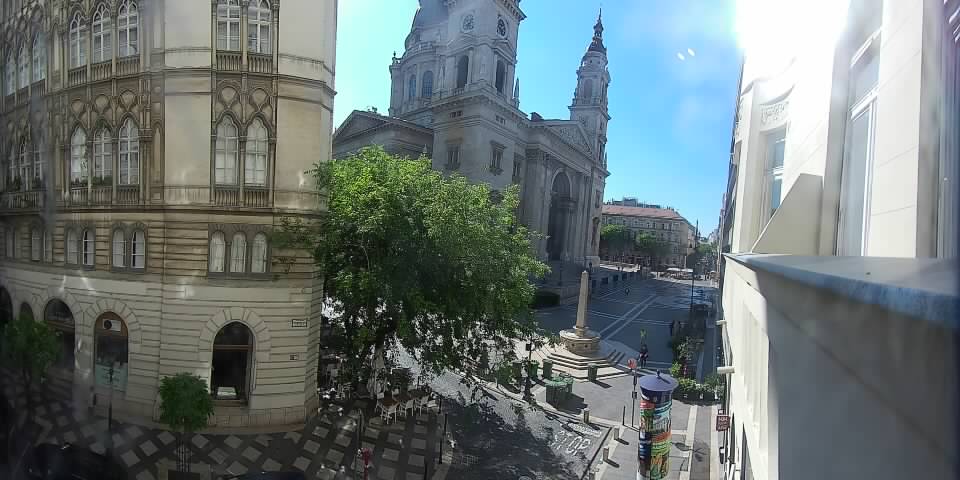

Your experience is important.
Anything you have not found?
Ask a Question
Please log in to write a review.
There is no review yet.